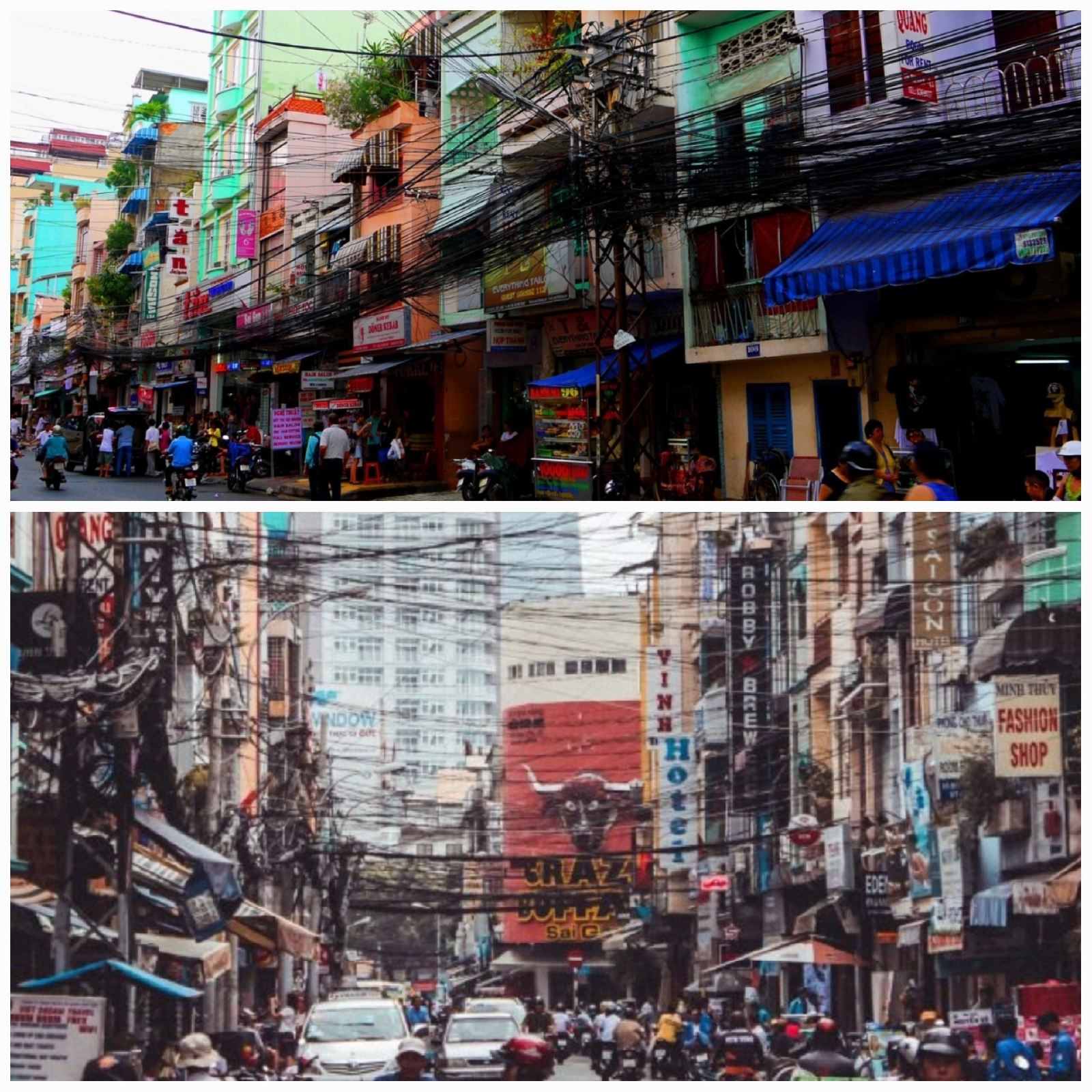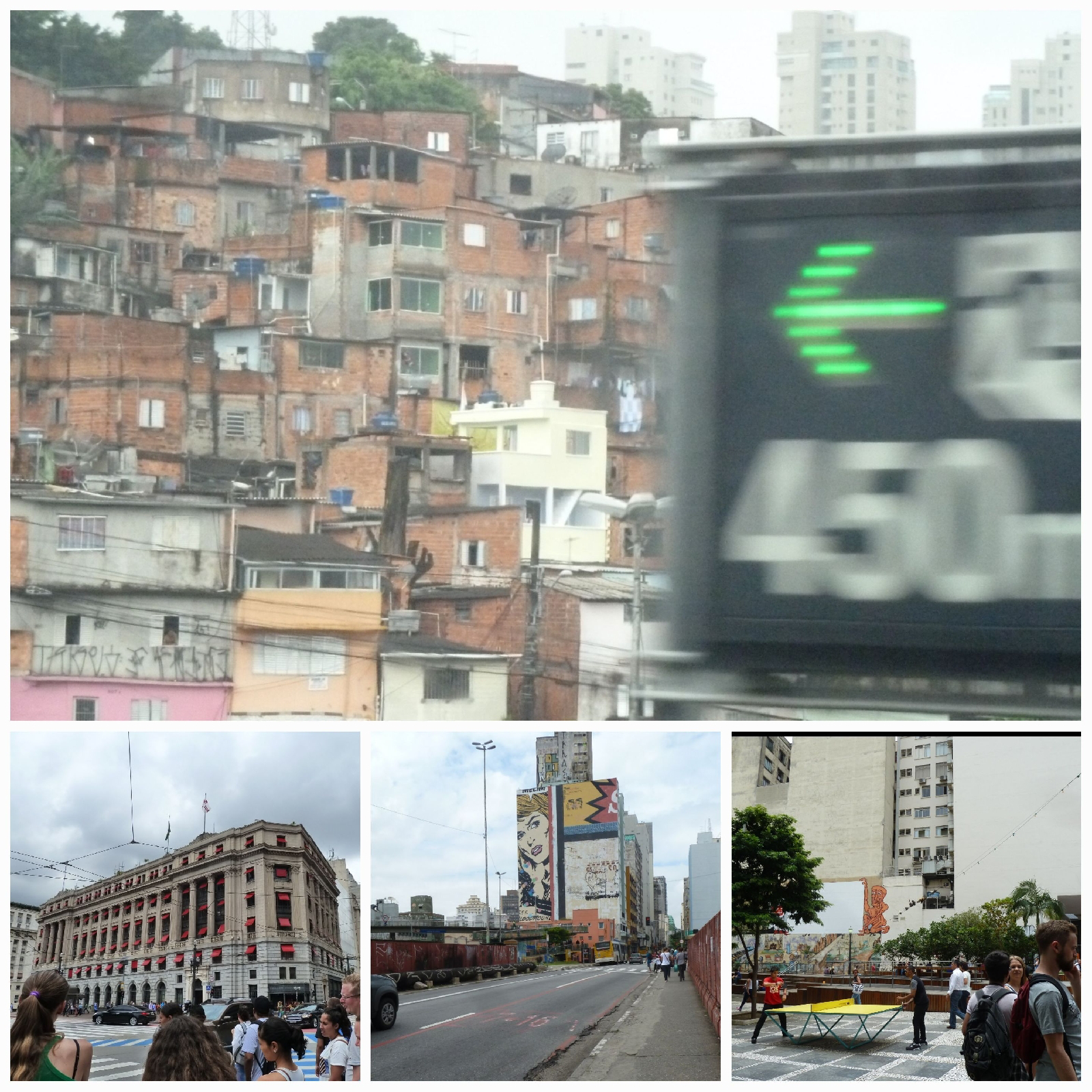A blog to share our travel experiences with friends and acquaintances and to which posts will be added at readers' request and whenever my muse visits me( frequently, I hope).
Dwelling on sizes,shapes and premiums:
Message or Vandalism: Walls Speak Volumes
Sao Paulo, Brazil, with caution.
We have been warned by our young grandson (no thanks to Fast and Furious 5,filmed in Rio). It is a dangerous city. Time to find out. Carrying very little and wearing nothing conspicuously expensive, we are ready for the streets. We are right in the middle of the city close to where riot police will be stationed in a few days’ time as described in one of my earlier posts.
Japanese, Korean, Italian . . .
We decide to join a city tour to acquaint our selves with the layout of the city. Our guide is a fourth generation Japanese Paulista. We are amazed at how various immigrants have assimilated into the Brazilian diaspora. Sao Paulo has the largest Japanese population outside of Japan. (My blog Alms and the Man tells of what happened to Drink outside the Japanese museum)
A beautiful cosmopolitan city
There are great views and then loud hints of discontent
Strikingly for a city, we can actually see the architectural aspects of the buildings – no tiresome obstructions and distractions like billboards ( electronic or otherwise), video screens or even ads on buses. The roads are wide and tree-lined. Parks abound. Public transport is excellent. The favelas and shanty towns show up sandwiched between posh areas. The rich and the poor share the city.
Unsightly scribblings on unreachable surfaces
But alas, we find tall buildings covered in what seems like higgledy-piggledy hieroglyphics. A page from history might explain it. During the dictatorship from the 30s to the 50s protestors wrote messages in tar on the streets. Now its a different canvas
A means of expression
Pixacao. That's is the word for the messages on the wall also seen in the other South American countries. It has its beginnings in Brazil. It is a method of tagging characterised by distinctive large letters painted in a cryptic style. It is all pervading in public spaces. Apparently they make statements about social injustice, poverty and corruption. The groups writing them are called crews mostly made up of the marginalised poor waging war against the elite – expressions of a grudge, a protest, a grievance, a condemnation.
To be read from afar the script has to be large and clear. Straight lines and sharp endings serve the purpose. They vaguely resemble Latin.
Evolution into adrenaline-fuelled vandalism
How do you distinguish between ego and political message when Pixadores are competing against each other? Each crew wants to leave leave an identity on every wall possible: the higher the better, the more remarkable a building the better.
Sadly, even murals are scribbled over.
Imagine the great lengths they go to, and the risks they take in scaling extremely tall walls armed with rollers, spray cans, etc. Imagine the speed and strength, the adrenaline required to accomplish the task in as short a time as possible and not be caught. Imagine them crawling up pipes, swinging from balcony to balcony vertically or horizontally like monkeys. Accidents and fatalities are not uncommon.
Trivia: Sao Paulo became the world's first non-communist city to ban outdoor advertising.
Firth and Brun: Invergordon & Inverness, Scotland
Feeling at home My love for the English language so artistically used to open up worlds of imagination, creating a better sense of the cultu...
-
Monotheists and polytheists living in harmony From Lovina we criss crossed the island to an unpretentious village, in the outskirts of Mangg...
-
We are already in The US having crossed over from Niagara Falls, Canada, via the very short Rainbow Bridge. There are 29 passengers on board...
-
One day, while we were staying with friends in the distant suburbs of Sydney we decided to take the train to the city. Our frien...
-
Playing host Before Covid, we used to volunteer in Phnom Penh, Cambodia as English tutors for Intermediate and Higher levels. While we were ...
-
A seasoning in autumn: Rockport – Thousand islands As we reach Rockport the guide asked passengers for $15 each to purchase tickets for the ...
-
Almost trekking About a 45 min. drive from Ubud we found chalets on a ridge. We decided to park and then explore. The morning dew was still...
-
Bali.An exotic island. A honey moon destination. A weekend get away. An island small enough to tour in two days. You must be crazy to spend ...
-
We have navigated Japan from the southernmost islands to the northernmost chasing the sakura and trying on kimonos. We have seen the various...
-
To follow the herd or not Arriving in Rostock, Germany, what met us first at this dinghy port were two huge cooling towers of a power stat...
-
As luck would have it We did our Char Dham Yatra (a Hindu pilgrimage to 4 spiritual abodes) in 2006 mainly because it was arranged through ...














